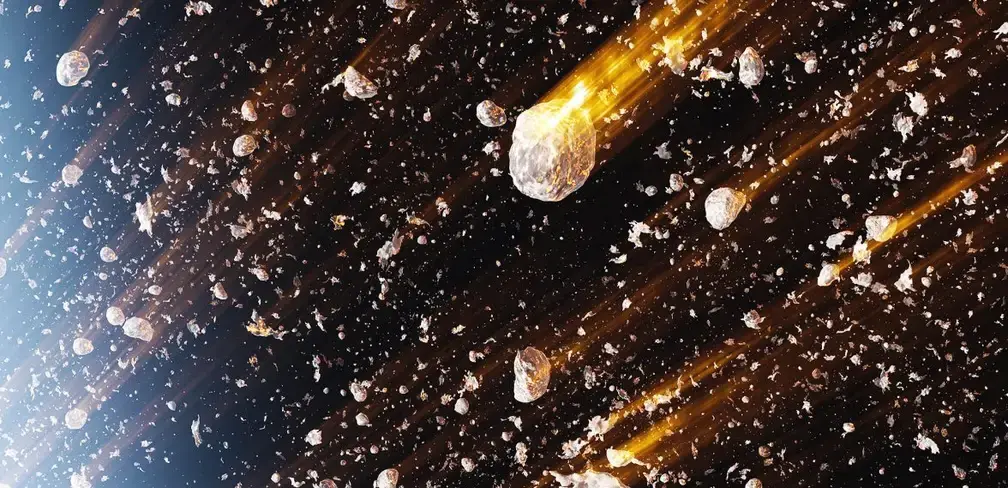More about the finding
The elegant temple was filled with a mixture of concrete and broken ceramics. Scholars hypothesize that this was done after foreign traders left the area. The first research results were published on the pages of Cambridge University.
The remains were found off the coast of Pozzuoli, a town in the Campi Flegrei volcanic region, about 16 kilometers east of Naples. During Roman times, the city was known as Puteoli and was a major port where ships from all over the Roman world called to bring goods such as grain for sale.
Centuries of volcanic activity have significantly altered the coastline at Puzzoli, submerging and preserving nearly two kilometers of Roman-era warehouses and other buildings associated with the ancient port area. Artifacts recovered from the sea from the 18th century indicated that a temple was buried somewhere here, but no one knew exactly where.
In 2023, researchers will map the region’s seafloor Roman style walls discovered. These walls, measuring approximately 10×5 meters, formed two large rooms. Two white marble altars leaned against the wall of one of these rooms. Both altars had several rectangular recesses that probably once contained sacred stones. Each of the chambers also contained a marble slab bearing the Latin inscription “Dusari sacrum,” meaning “dedicated to Dusari,” the main deity of the ancient Nabataean religion.
We have a building apparently dedicated to the Nabataean gods, but with Roman architecture and a Latin inscription.
– says the author of the study, marine archaeologist Michele Stefanile from the Higher School of the South, an educational institution in Naples.
![]()

Examples of marble slabs with altars and inscriptions found on the shores of Pozzuoli / Photo: Michele Stefanile
The Nabataean kingdom stretched from northern Arabia to the eastern Mediterranean. By the 4th and 2nd centuries BC the Nabataeans controlled a growing trade network in luxury goods such as incense, gold, ivory, and perfume, and by the end of the 1st century AD they were amassing great wealth. The huge tomb, often called “The Treasury”, was built at that time in the Nabatean capital of Petra. All this failed to attract the attention of Rome and began their downfall.
It is logical that the Nabataeans were present as a trading community in Puteoli, since the city was the second largest city in Roman Italy at the time and was also a major port. They took advantage and carried their religious ceremonies to all corners of the world. Scientists say it is “not surprising to find the Dushari temple in Puteola.”
Following the Nabataean incorporation into the Roman Empire in 106 AD, this culture’s control over the inland caravan trade in Arabia collapsed. The destruction of the temple at Puteola may reflect that turbulent period. Archaeologists discovered that it was Deliberately buried in the 2nd century AD.














